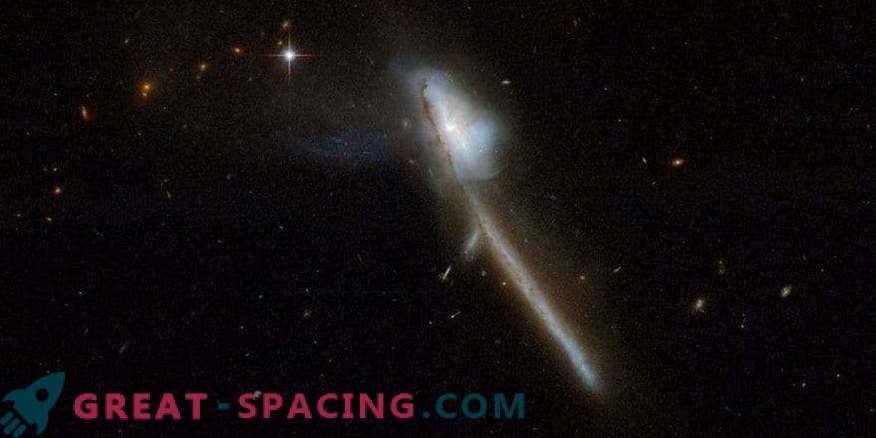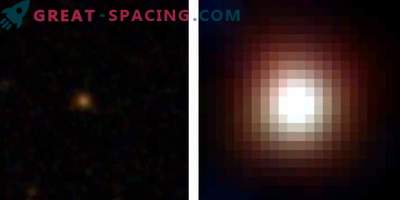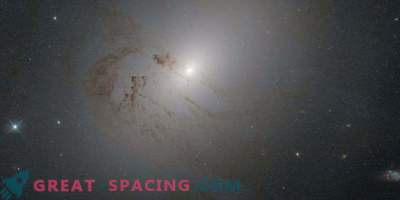
Sketch of molecular outflow with a blue shift in the northern core of Markaryan 273
An international group of researchers conducted a study of molecular gas in the northern core of the ultra-bright infrared galaxy Markarian 273. It is 512 million light-years distant from us. Refers to the type of Seyfert II and demonstrates a complex morphology, which may be the result of a recent merger event between two or more galaxies.
Early observations showed that the northern core is endowed with elongated gas jets in the north-south direction and a compact core with a powerful stellar explosion. Therefore, astronomers are interested in studying the molecular gas in this area in order to understand the nature of the galaxy.
The new results are based on observations of the NOEMA interferometer located in France. The review made it possible to study the properties of the gas disk in the northern core of the galaxy, as well as to trace the relationship between the cold and warm phases. Disc Markarian 273 demonstrates split kinematics. It turns out that a gas with low activation in the outer parts of the disk extends to a radius of 4900 light years and rotates from the southeast to the northwest. But the more active gas, which emerged from the zone of formation of the central star, is characterized by rotation from the north-east to south-west.
If we talk about the properties of the disk outflow, the team revealed cold (submillimeter) and warm (far infrared) phases of the flow. The speed of the compact outflow reaches 1000 km / s with an emission of 1500 light years. The authors stressed that the most important sign of galactic chemistry is the ratio of HCO + / HOC + molecular lines. The indicator is set at a mark below 10, which means we have one of the lowest values in any of the known galactic sources. The reason is not yet determined.











































